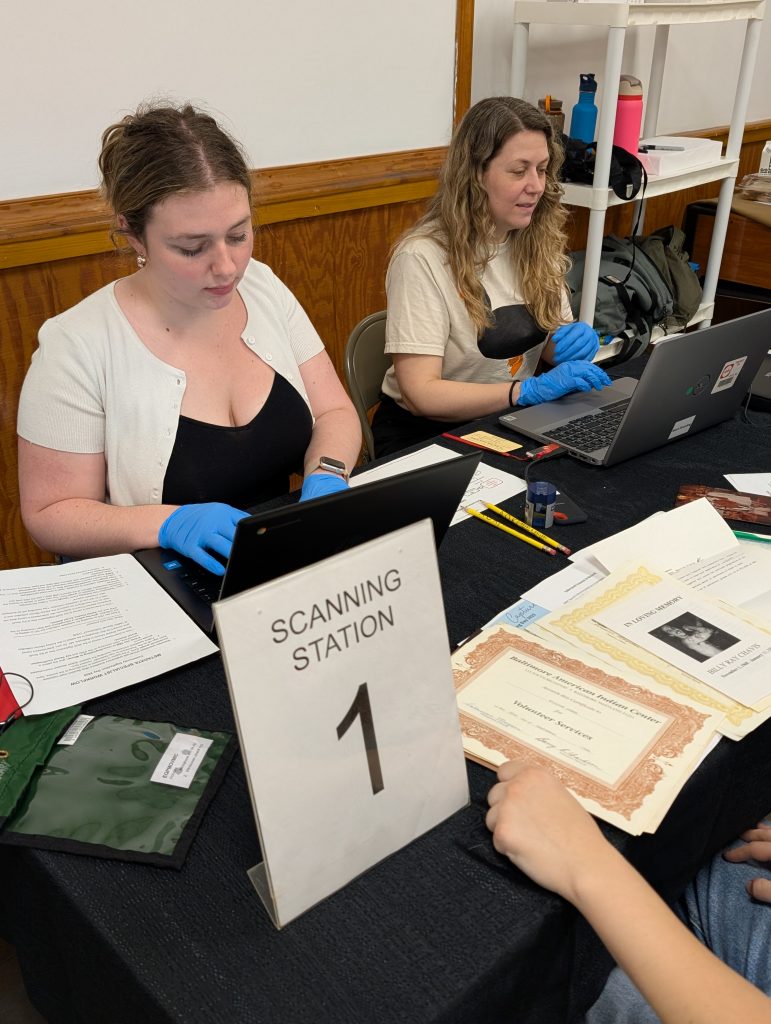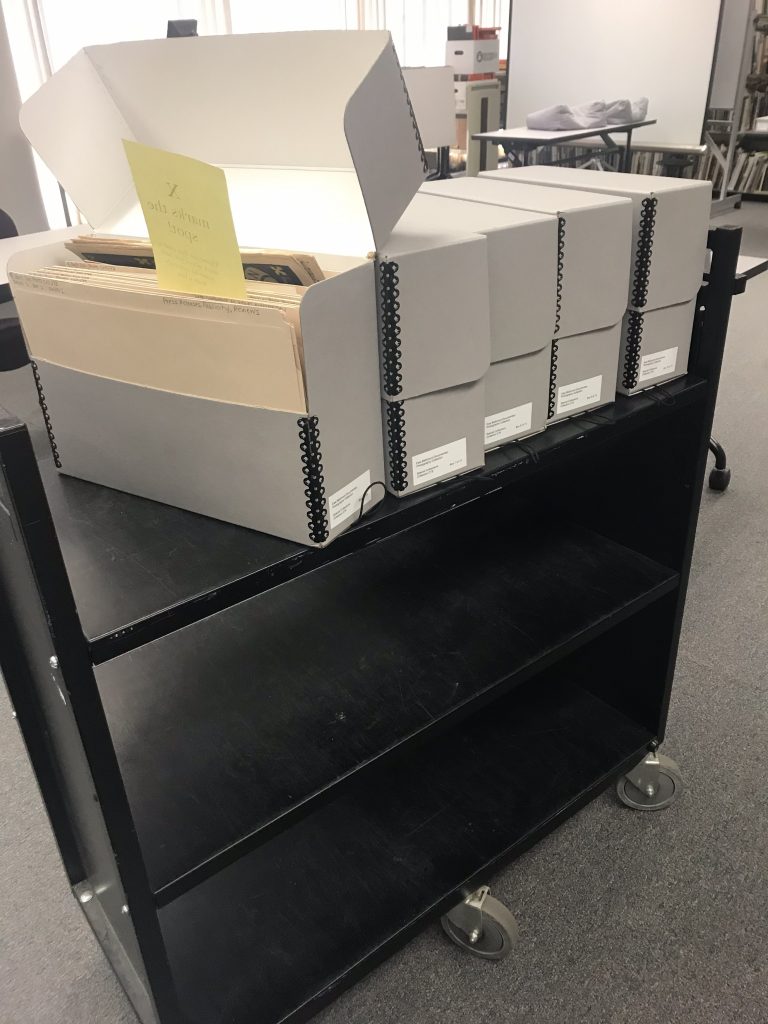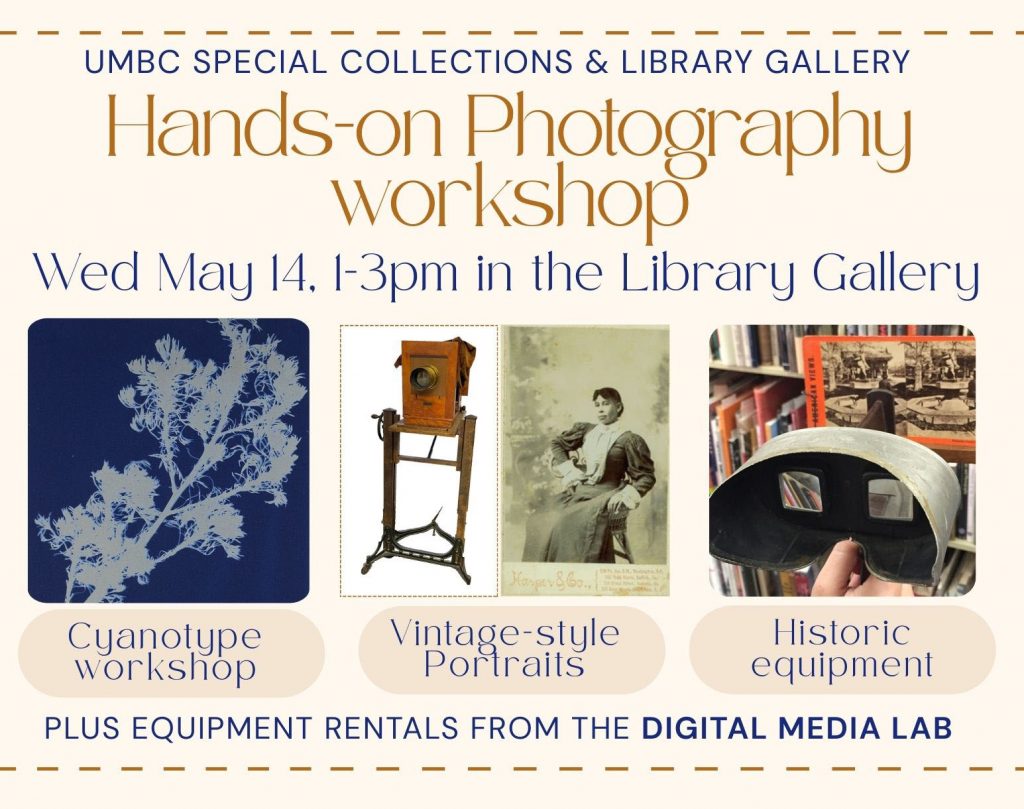Every attempt to organize an alternative political party outside the Democratic and Republican Parties has faced the same question: how should they relate to the two dominant parties? Marxist parties in the 1980s were no exception. Though leftists were divided in this period over a variety of issues, one of the most significant splits emerged over how they should relate to the Democratic Party. Should they collaborate with liberal Democrats to seek policy victories that could help their shared constituencies? Publicly denounce the party in hopes of winning over disenchanted Democrats? Or try to do both simultaneously? These strategic differences were publicly aired in communist newspapers, which diverged widely in their coverage of Democrats. Preserved in the Alternative Press Center Collection at UMBC’s Special Collections, newspapers like People’s World, Workers Vanguard, and Workers World represented distinct tendencies within Marxism and belonged to different political parties. This collection serves as an invaluable resource for researchers seeking to understand how radical forces sought to transform the country from a position of weakness.
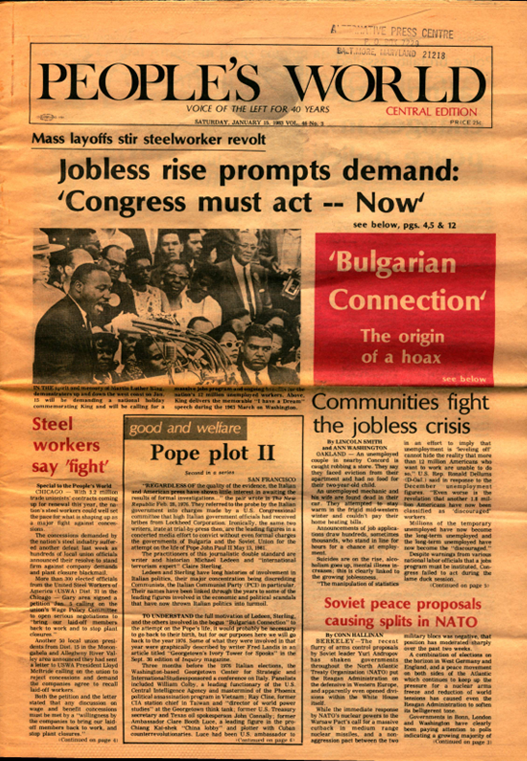
People’s World is the newspaper of the Communist Party of the United States of America (CPUSA). The Party and the paper were known for their support of organized labor, civil rights, and the Soviet Union. Although the number of Communists was small, they exerted influence through partnerships with liberal Democrats and non-Communist activist groups on a local level.1 This strategy of cooperation meant that the People’s World took stances to the right of the broader progressive movement. After Democratic nominee Tom Bradley narrowly lost the 1982 California gubernatorial election, People’s World editor Carl Bloice accused the left-wing Peace and Freedom Party of splitting the progressive vote by running its own gubernatorial candidate. In doing so, left-wing opponents of Bradley cost California its first Black governor. Implicit in the Party’s defense of Bradley was a broader defense of liberalism. Bloice made it clear that the paper supported Bradley not just because of his race, although that factor was emphasized, but because he was the best candidate. He thus communicated the CPUSA’s stance to its membership and supporters that the best way to get anything close to socialism is to elect liberal Democrats.2
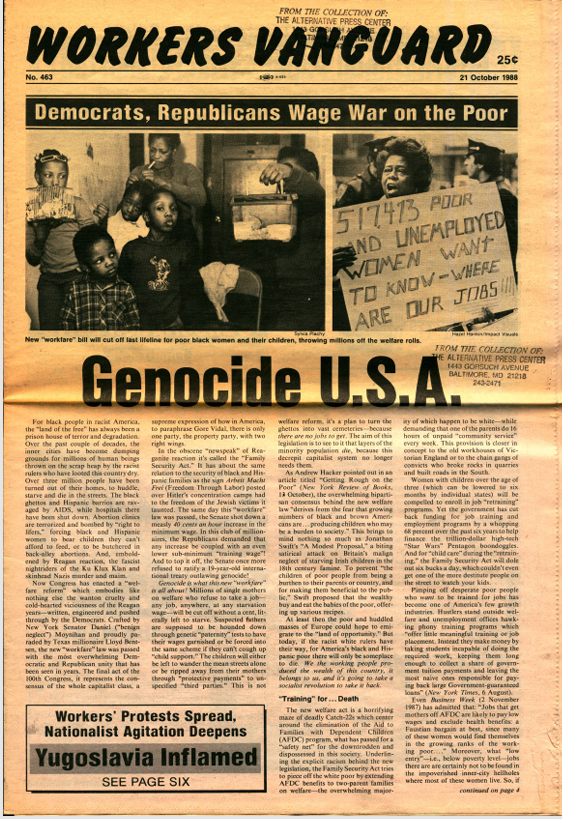
Workers Vanguard took a more radical line, harshly criticizing liberal Democrats and seeking to establish a separate political pole. This was not surprising given the publisher. The Spartacist League sought to radicalize the civil rights, labor, feminist, and student movements in a revolutionary direction. Tactically, this meant taking the most left-wing stance on every issue. By doing so, the League sought to discredit the Democratic Party by pointing to the contradictions between its actions in government and its claims to represent the most vulnerable.3
Their article “Genocide U.S.A.” is an illustrative example of this. It accuses the Reagan administration and the Democratic-controlled Congress of seeking to commit genocide against Black Americans by cutting welfare. The language was deliberately inflammatory, comparing the name of the bill (the Family Security Act) to the “Work Makes you Free” sign in Auschwitz. Though much of the article was targeted at conservative Democrats in Congress, liberal Democrats were not treated any better. By rallying behind the Democratic Party, liberals were manipulating Black workers to vote for candidates who supported slashing social spending. The obvious solution was to support the real party for the working class: the Spartacist League. Thus, their primary tactics were apparent: using disenchantment with the Democrats as an agitational tool to recruit potential supporters.4
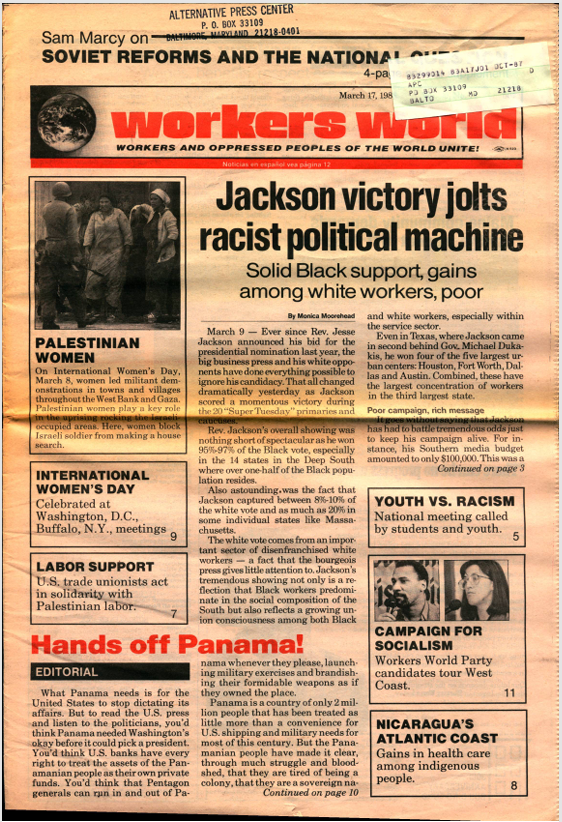
Workers World, published by the Party of the same name, took a middle ground on the issue of how to relate to the Democratic Party. Like the CPUSA and the Spartacist League, the Workers World Party (WWP) embedded itself in multiple social movements. Beginning with its role in organizing against the Vietnam War during the 1960s, the Party branched out into civil rights, organized labor, and gay liberation by the 1970s. Despite this coalition-building, the Party sought to retain strategic independence in whatever field it went.5 The Party’s desire for strategic autonomy as part of a broader progressive movement is reflected in its relationship with the Democratic Party. Though it harshly criticized the Congressional Democratic Party’s support for austerity, its coverage of Jesse Jackson’s 1988 presidential campaign was laudatory. The paper praised Jackson as someone who could unite working-class Americans across racial lines. Notably, this coverage coincided with the Workers WorldParty running its candidates for president and vice-president. The likely reason for this discrepancy was tactical. By supporting the Jackson campaign, the paper sought to forge links between the Party and Jackson’s base, while also setting the stage to gain support from dissatisfied Democrats if Jackson failed to win the nomination.6
Of course, all these tactical decisions emerged from a position of weakness. A bipartisan coalition devoted to cutting taxes and slashing welfare firmly held power in American society during this period.7 This mostly unified power bloc contrasted with the fragmented and isolated left. However, Marxist newspapers provide a revealing lens into how people outside the halls of power sought to influence politics. Whether by defending liberal politicians, denouncing Democratic hypocrisies, or forging links with rank-and-file Democrats, the newspapers reflect the complexities of trying to build coalitions that could implement socialist policies in a deeply hostile political environment.
This post was written by Yoni Isaacs, ’22, history, M.A. ’26, history, a graduate assistant in Special Collections. Thank you, Yoni!
Bibliography
Newspapers
Bloice, Carl. “P&F takes issue; Jews and the Freeze.” People’s World, Jan. 15, 1983.
Chediac, Joyce. “Workfare: an Idea the Rich Always Loved.” Workers World, June 30, 1988.
“Genocide U.S.A”. Workers’ Vanguard, Oct. 21, 1988.
Moorehead, Monica. “Jackson Victory Jolts Racist Political Machine: Solid Black Support,
Gains Among White Workers, Poor.” Workers World, March 17, 1988.
Additional Sources
Alexander, Robert. International Trotskyism: A Documented Analysis of the World Movement.
Durham: Duke University Press, 1991.
Becklund, Laurie. “Communist People’s World Traces Its 46 Years: Paper’s Devotees Mix
Causes, Nostalgia.” Los Angeles Times, Jan. 28, 1985.
Rossinow, Doug. The Reagan Era: A History of the 1980s. New York: Columbia University Press, 2016.
- Laurie Becklund, “Communist People’s World Traces Its 46 Years: Paper’s Devotees Mix Causes, Nostalgia.” Los Angeles Times, Jan. 28, 1985. ↩︎
- “Carl Bloice,” “P&F takes issue; Jews and the Freeze.” People’s World, Jan. 15, 1983. ↩︎
- Robert Alexander, International Trotskyism: A Documented Analysis of the World Movement (Durham: Duke University Press, 1991), 920. ↩︎
- “Genocide U.S.A”. Workers’ Vanguard, Oct. 21, 1988. ↩︎
- Alexander, International Trotskyism, 912-3. ↩︎
- Joyce Chediac, “Workfare: an Idea the Rich Always Loved.” Workers World, June 30, 1988; Monica Moorehead, “Jackson Victory Jolts Racist Political Machine: Solid Black Support, Gains Among White Workers, Poor.” Workers World, March 17, 1988. ↩︎
- Doug Rossinow, The Reagan Era: A History of the 1980s (New York: Columbia University Press, 2016). ↩︎
